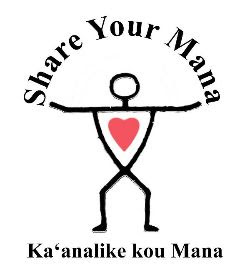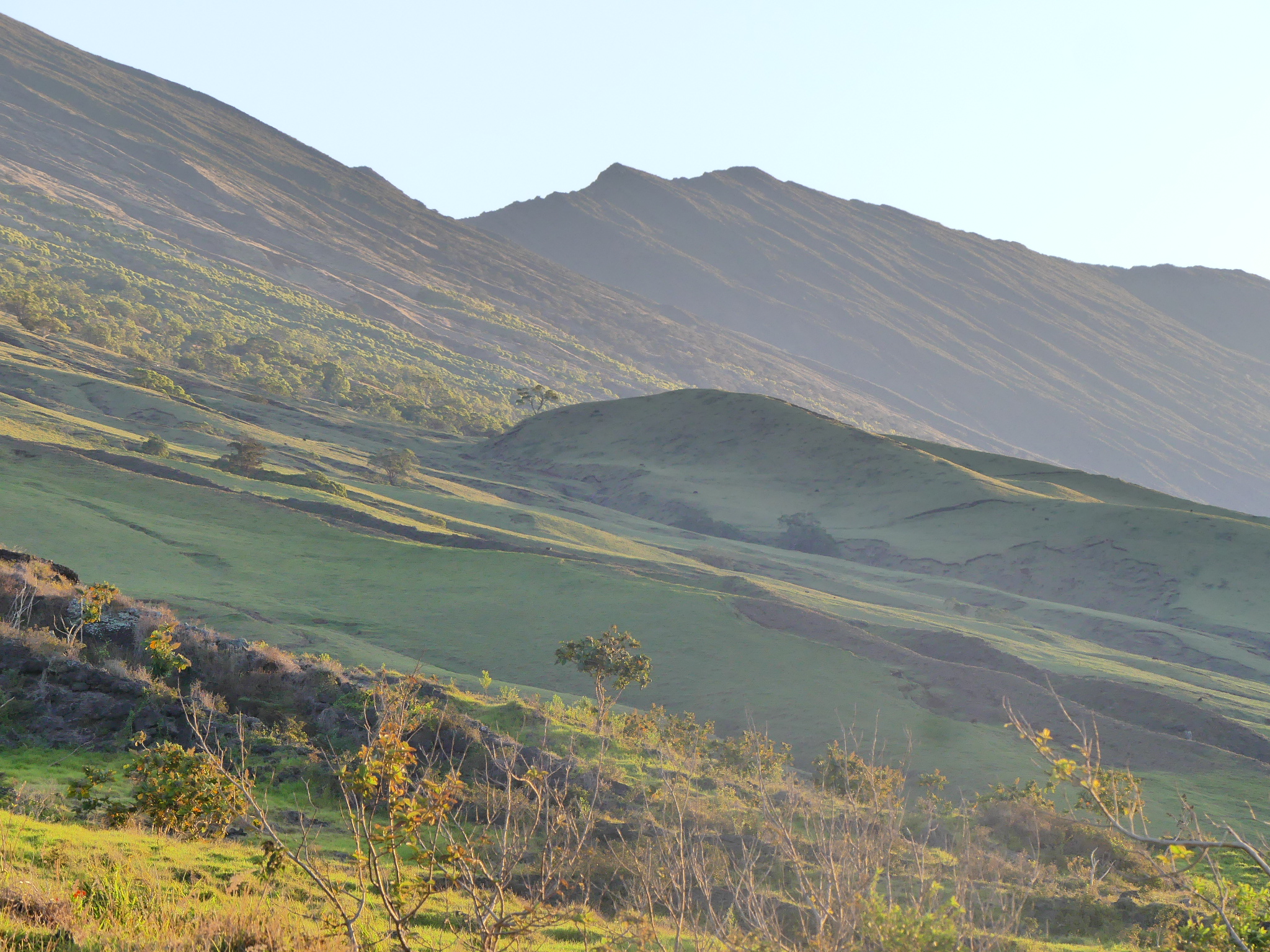Eight Meetings, Three Deliberations, Sand Moratorium on Friday Agenda Again
excerpted from Sustainable Action Fund for the Environment (SAFE)
In April last year (2017) Maui Mayor Alan Arakawa asked Mike White and the county council to study central Maui sand mining and consider imposing a moratorium. Councilmember Elle Cochran wrote a bill that proposed a temporary halt to the practice while a proper study is conducted and other permanent legislation is written.
The mayor’s letter pointed out that a study the county commissioned in 2006 estimated that there was only a 5-7 year lifespan on sand resources if mining ‘continued at the current rate.’
We should note that about 2.4 million tons of sand per year have been taken from the central valley, mostly done with ‘grading and grubbing’ permits that never mention mining. At closer inspection, one entity—the Mills Group—(Maui Lani Partners, Ameron, and HC&D) was involved in various profitable stages of this grand heist.
How has it been possible to excavate a mountain of sand with so little oversight? The County Department of Public Works only issues the permits, does not inspect to see what happens after that. The understaffed State Historic Preservation Division (SHPD) of the DLNR, doesn’t even have the right to enter a property without authorization from the owner/contractor. The departments don’t seem to communicate with each other. What authority and power, then, does the county have?
As of the end of December, the council’s Infrastructure and Environmental Management Committee (IEM) has held eight meetings and the entire council has deliberated three times in an attempt to write a moratorium bill that deals with the depletion of a natural resource, cultural concerns regarding Hawaiian burials along with threats, pleas, and promises from developers who have been profiting from the mining operations.
Why has it taken so long to make a fairly straightforward decision? With $30 million a year at stake, there are major players who want to keep the game going no matter what.
On Friday, Jan 5th there will be a rally at 8 am at the County Building, 200 High Street. Public testimony will be taken at 9 a.m. on the 8th floor on this matter under both County Communication 18-12 and Bill No. 117.
As always, the Maui Chamber of Commerce favors delay, often finding a different reason every time they testify. There are also complex legal issues along with cultural concerns that move decision makers first one way, then another as they grapple with this issue.
Some issues: what, exactly, constitutes ‘mining?” What land area would be subject to the moratorium? Is six months enough time to complete a study? Should there be exemptions to the moratorium? If so, for whom?
Maui County Cultural Resources Commission Meeting December 7th, 2017:
https://www.youtube.com/watch?v=tNbQ2nNn5xg
The Council majority generally supports whatever is good for business, though in this case Mike White first had qualms about the burials and then later wanted to leave the door open for county builders to keep taking sand for their projects. In fairness, Council Chair White may have lost the thread of the discussion as he missed more than half the meetings. (remember as GM at KBH, he is responsible for running the state’s “most Hawaiian hotel.”)
Council member Carroll shows up but rarely speaks up, while Council member Sugimura has perfect attendance but little enthusiasm for environmental projects. She often urges the council to go into executive session, but bill sponsor Cochran blocked those motions so the public could follow proceedings.
Council member Hokama seems to care but almost always votes for corporate concerns and Council member Crivello feels that there should be no exemptions to a “moratorium”.
As Chair of IEM, Elle Cochran had to do the heavy lifting, defending the bill against attacks from the county legal team as well as from Carol Reimann, head of the Dept. of Housing and Human Concerns, who claimed that the moratorium would affect affordable housing! Council member Atay attended all meetings, asked good questions of department heads and spoke in favor of protecting the inland dunes and the need for respect for sacred sites.
Council member King believes that there has been plenty of discussion, enough for the council to vote in favor of the moratorium.
So why has it taken eight months? Where is the leadership? If Mike White were just doing one job, leading the council to make tough decisions, this matter could have been settled months ago. There are other important issues that need addressing—-like affordable housing, traffic, homelessness.
It’s clear that the council lacks direction and focus, key members have spotty attendance and participation and are conflicted by the influence of special interests.
Deferring and delaying doesn’t cut it, and now it seems they have delayed it just long enough for the developers to secure permits to exclude them from the bill. Our sand mountains have been turned into money pits for O‘ahu millionaires.
On Friday, Jan 5th there will be a rally at 8 am at the County Building, 200 High Street. Public testimony will be taken at 9 a.m. on the 8th floor on this matter under both County Communication 18-12 and Bill No. 117.




